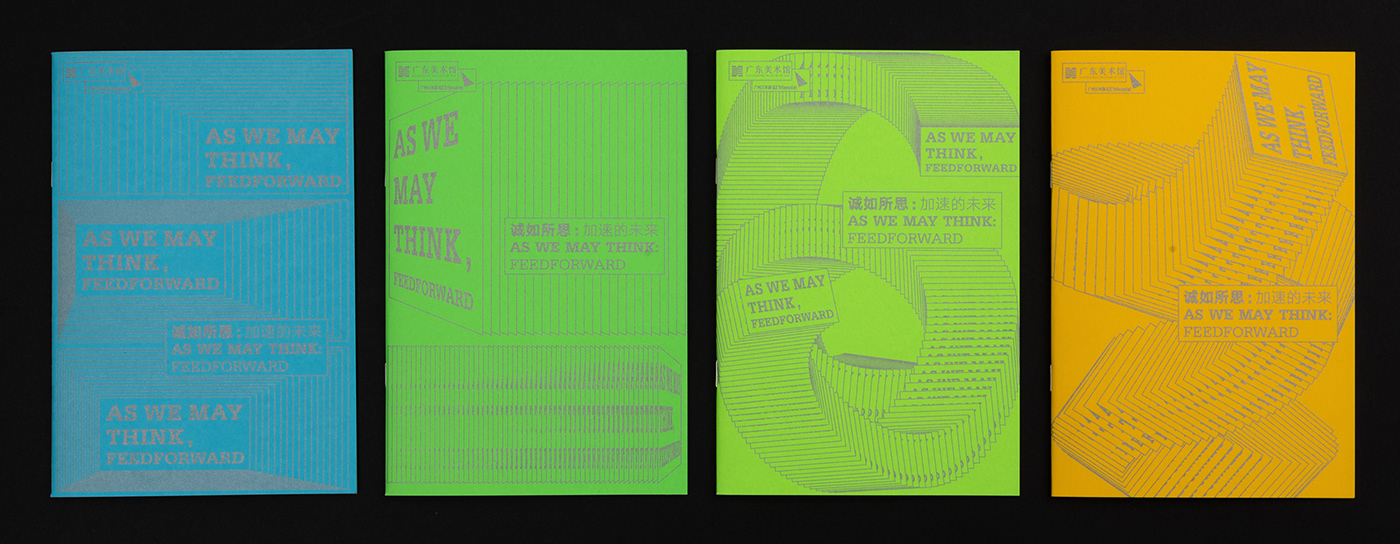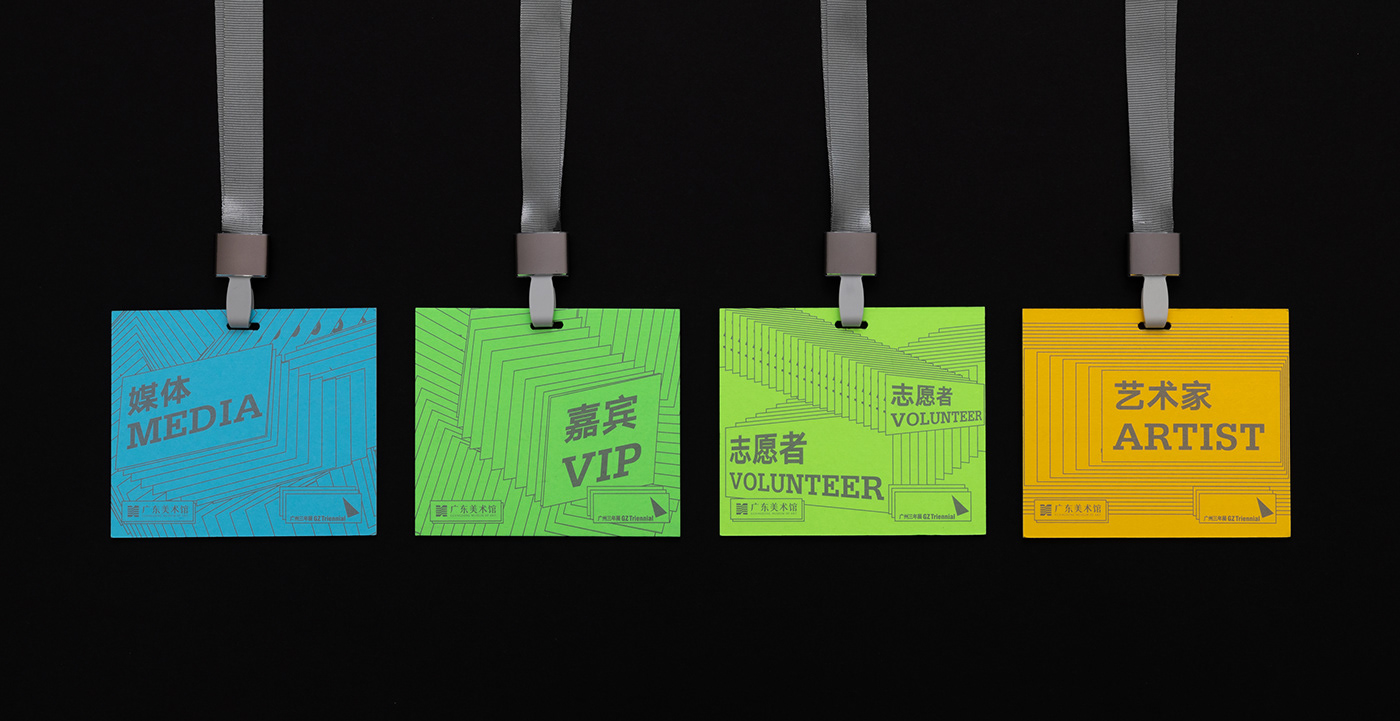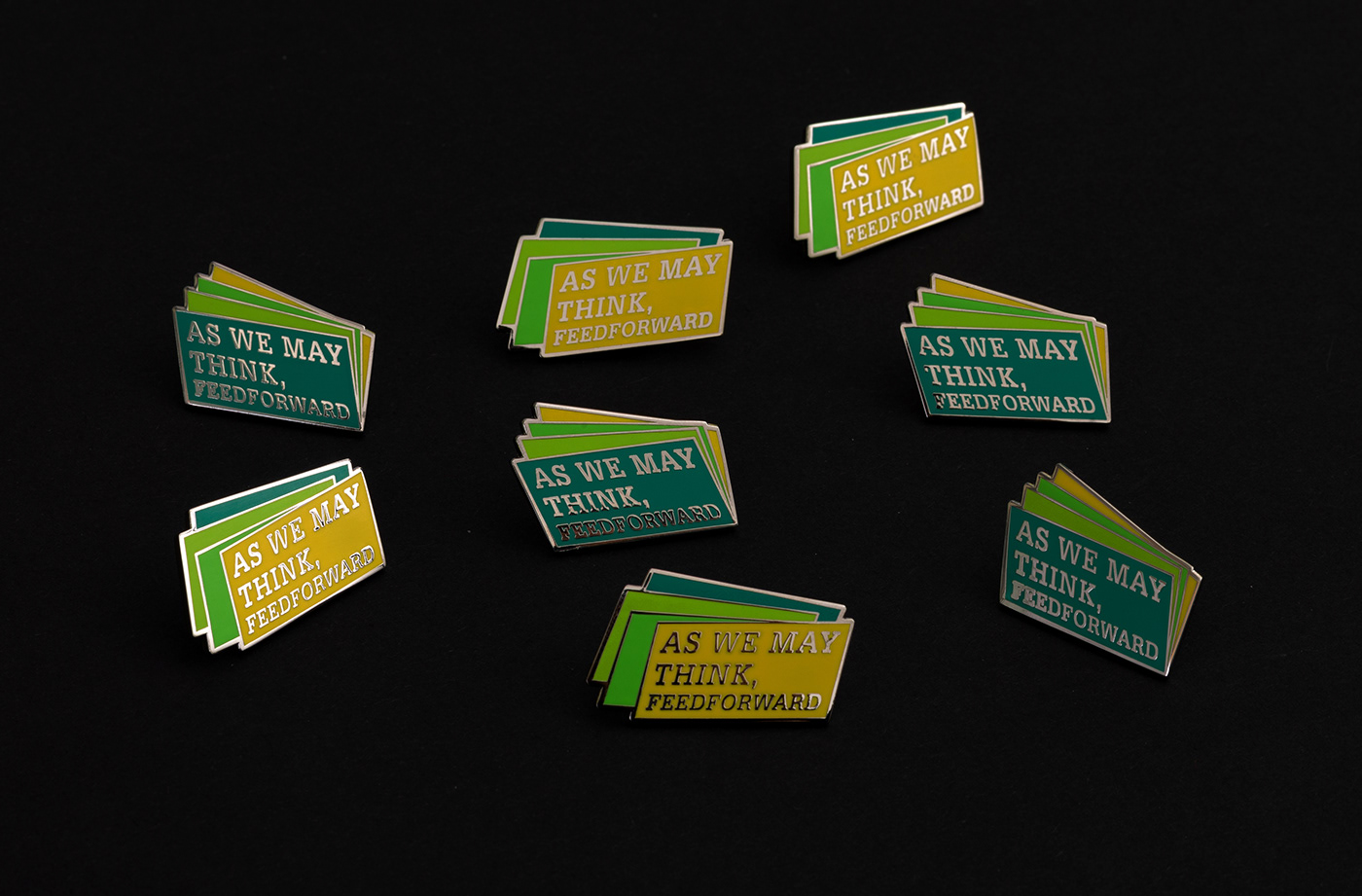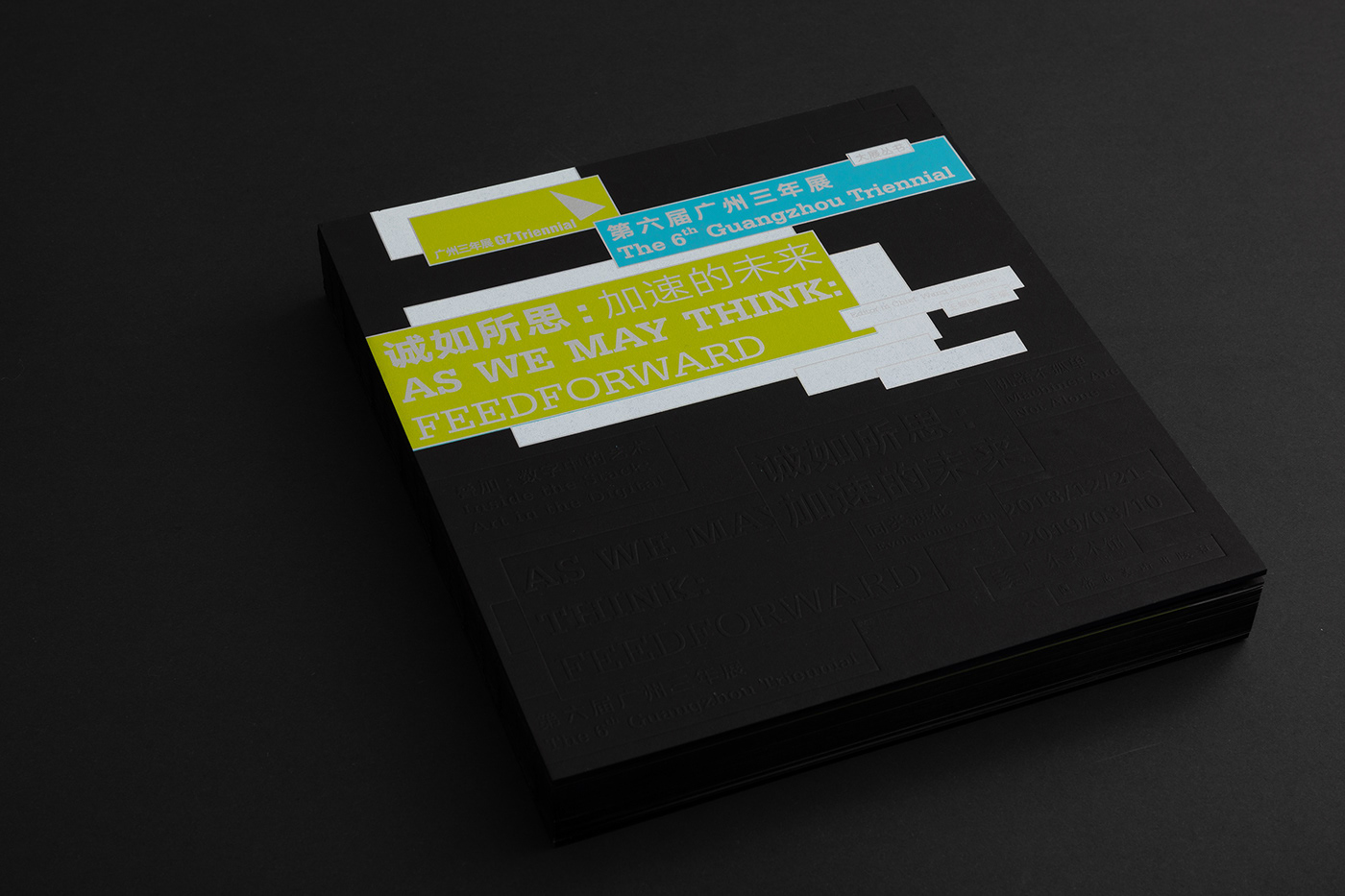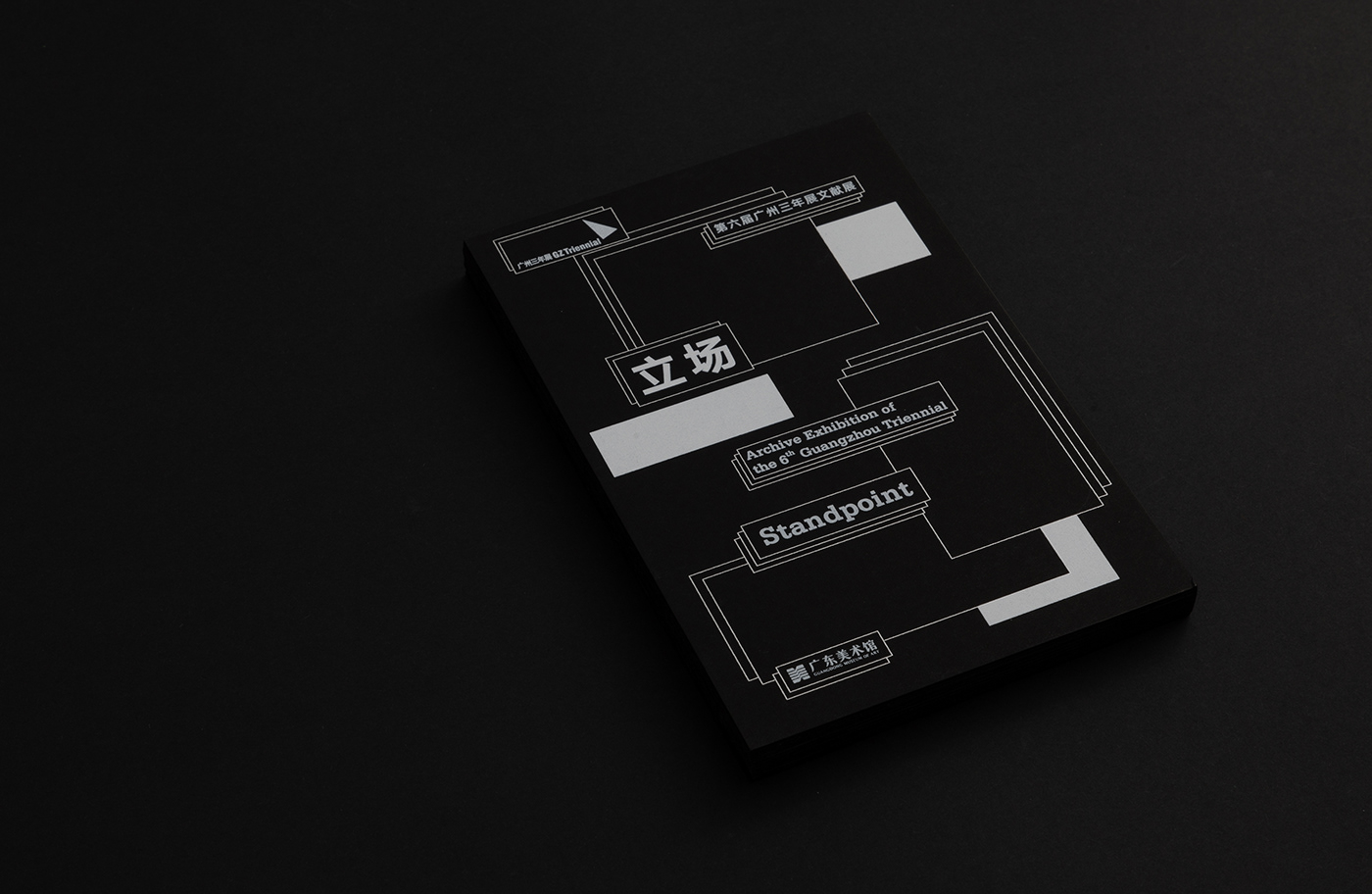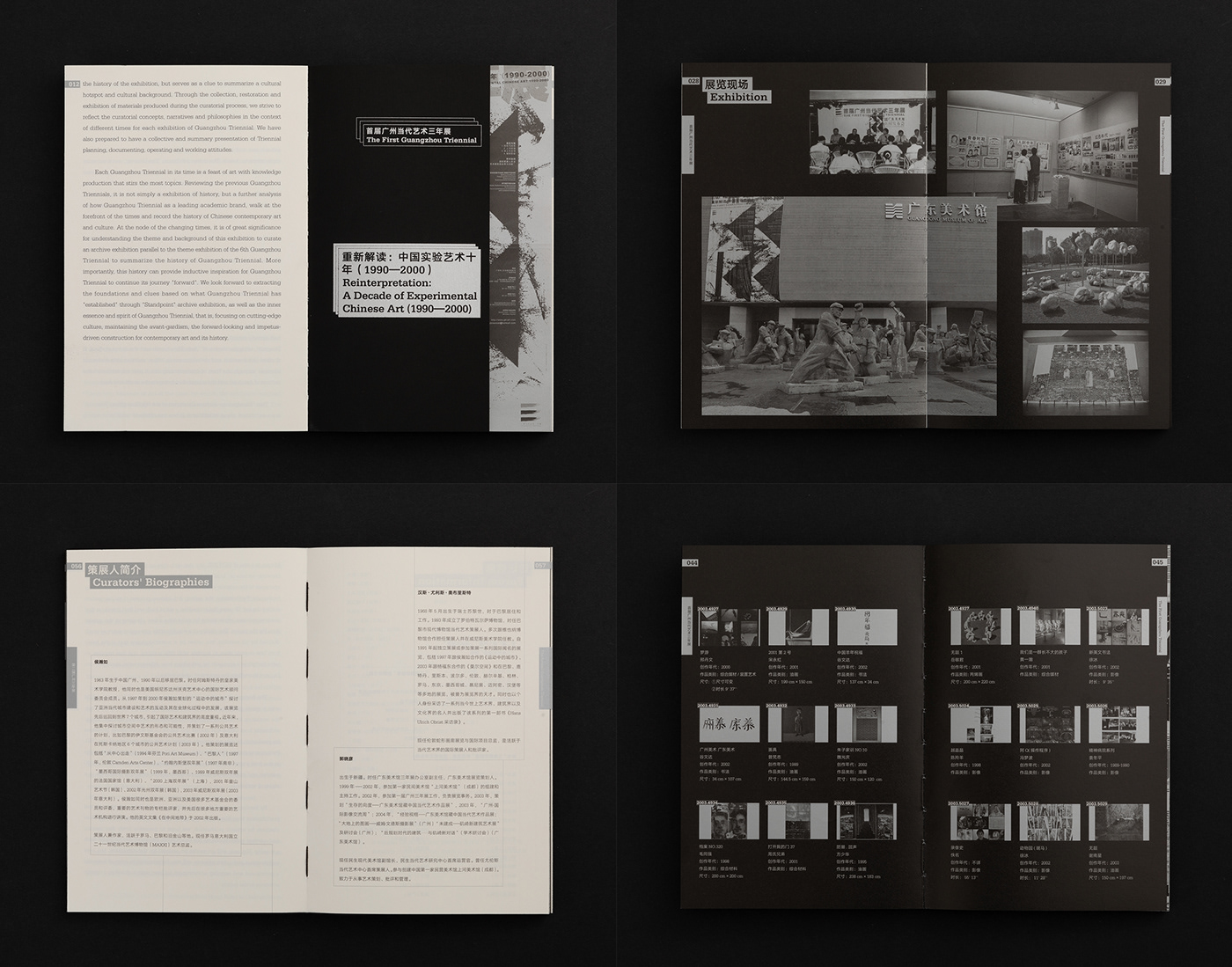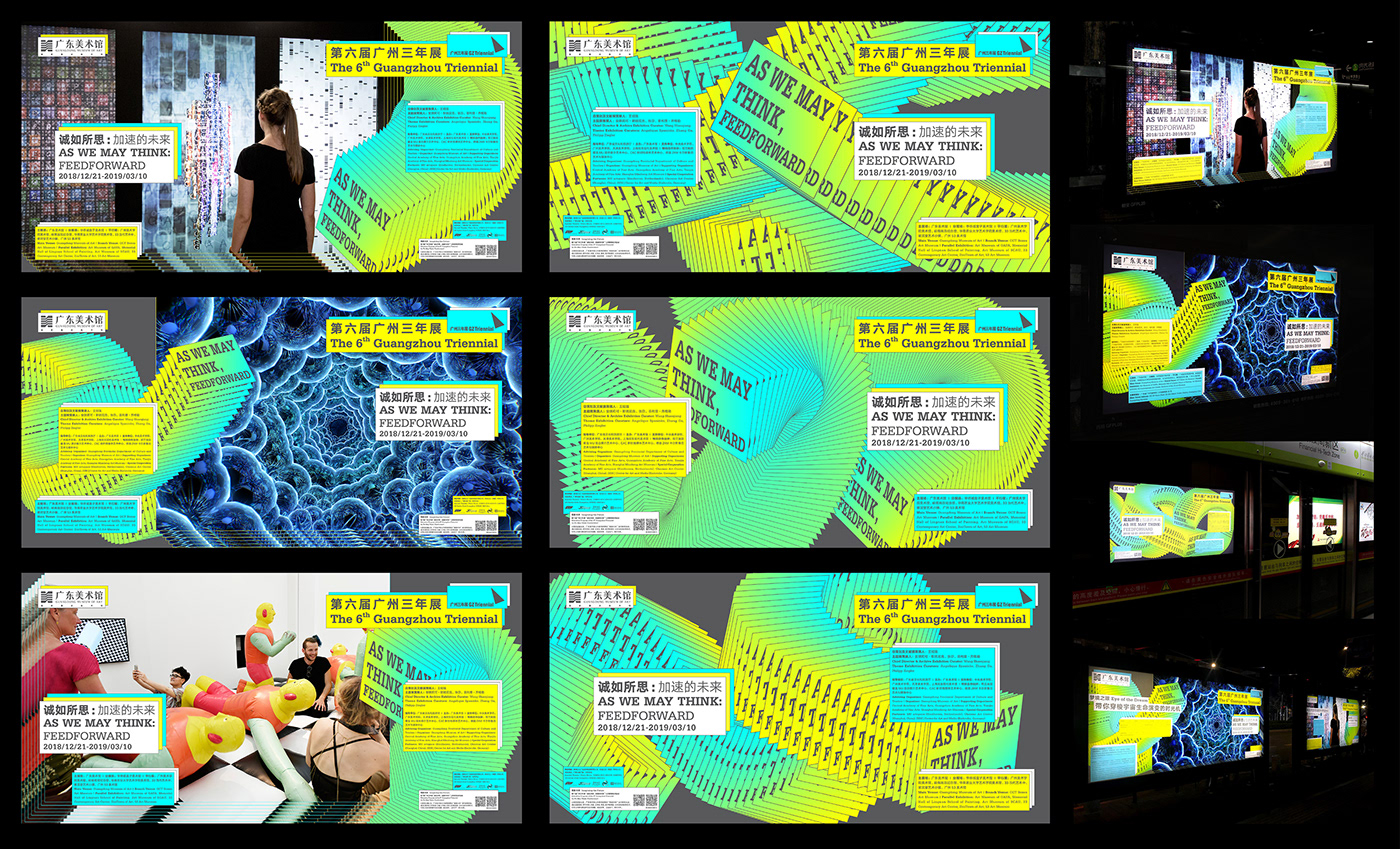In the summer of 1945, Vannevar Bush, an American engineer, published an article titled “As We May Think” in the Boston-based journal the Atlantic Monthly. In this article, Bush envisioned an electromechanical device which could not only store and record information and communications, but also be consulted with exceeding speed and flexibility. In the past 70-odd years, the hypothetical Memex has been materialized and is evolving into a huge network that enables machines to interconnect all over the world. Its operation on a global scale has triggered unprecedented revolution.
Themed as “As We May Think: Feedforward”, the exhibition of the 6th Guangzhou Triennial aims to explore a technology-constructed world with a highlight on its reality and virtuality as illustrated in Bush’s “As We May Think”, so as to inspire daring thinking on the transient future. As a response to the exhibition theme, we use Memex as the basic element to create the exhibition visual image system. The exhibition information is placed on the image of an unfolded Memex, which is rearranged in a progressive but flexible order to form certain letters and graphics. Moreover, AR technology is employed in the exhibition space to generate a scene where reality and virtuality interweaves with the alternations of information and graphics.
1945年夏天,美国工程师范内瓦·布什在波士顿的《大西洋》(The Atlantic)杂志上发表了一篇题为“诚如所思”(As We May Think)的文章,设想了可存储、记录和通信,并以极高的速度和灵活性与这种机械设备进行互动咨询的一个未来的设备。
在过去的四分之三个世纪里,曾经假想的“扩展存储器”(Memex)不仅实现,并加速发展为一个遍布全球、相互连接的机器网膜,它们以全球范围的运行,引发了前所未有的变革。“扩展存储器”以超文本、超链接形式进行连接、记录与存储,并通过递进的方式形成虚拟窗口与人们沟通连接。我们将扩展存储器解剖展开,把信息通过灵活递进的排列形式形成展览视觉形象(字体,图形等), 并在展览空间内加入AR技术,通过信息与图形前后的变换,形成真实与虚拟所产生的多重影响,回应本届三年展以“诚如所思:加速的未来”为题,探讨由技术构建的时空,凸显出一个借由真实和虚构来阐释这个“诚如所思”的世界,以使我们得以再一次以无畏的视野对转瞬即逝的未来进行思考。







